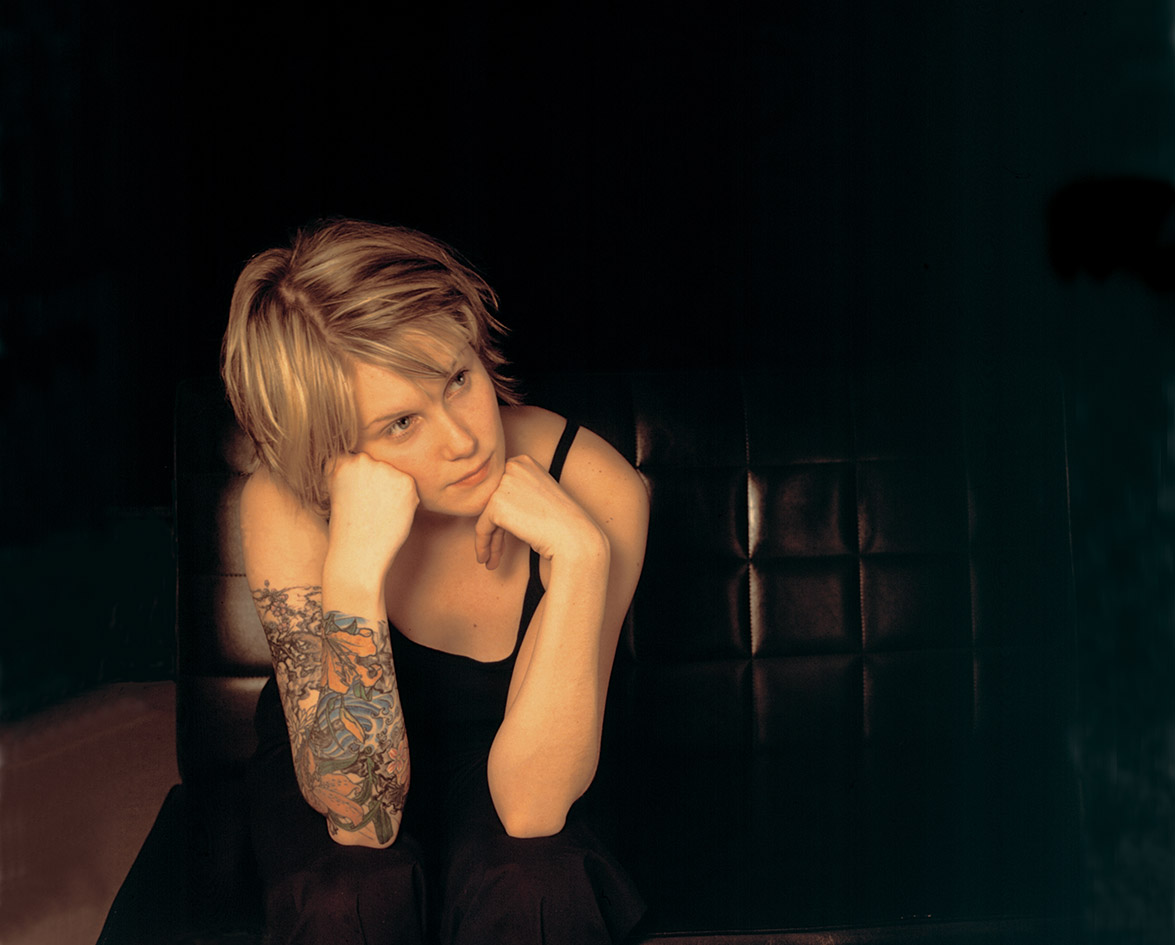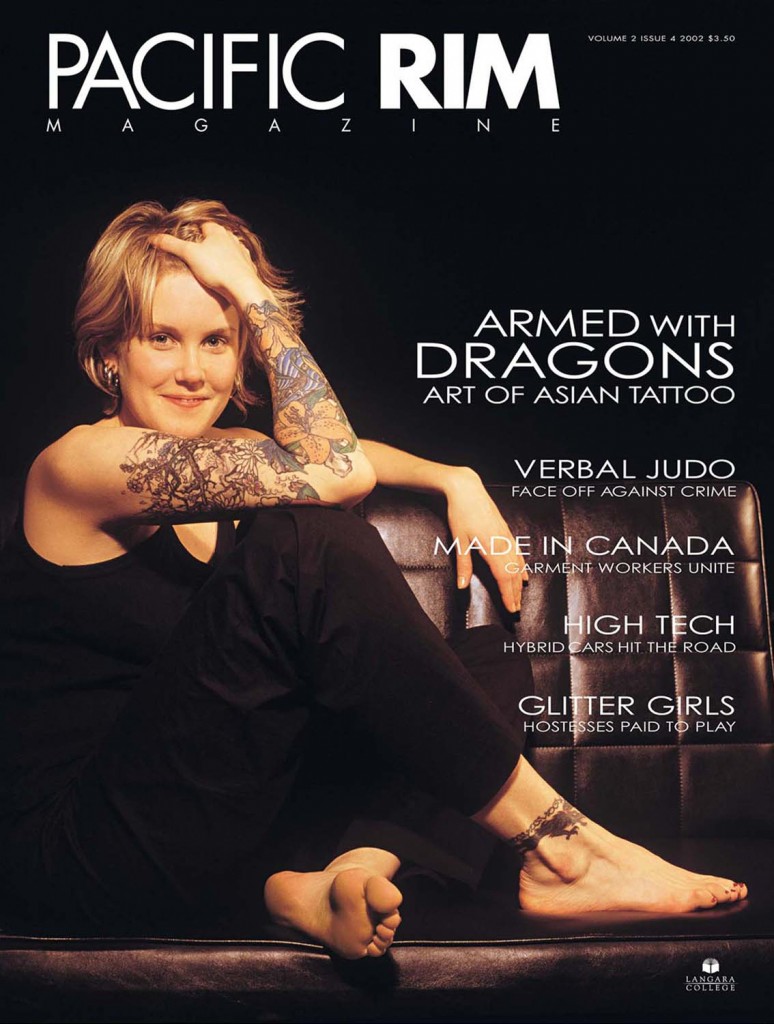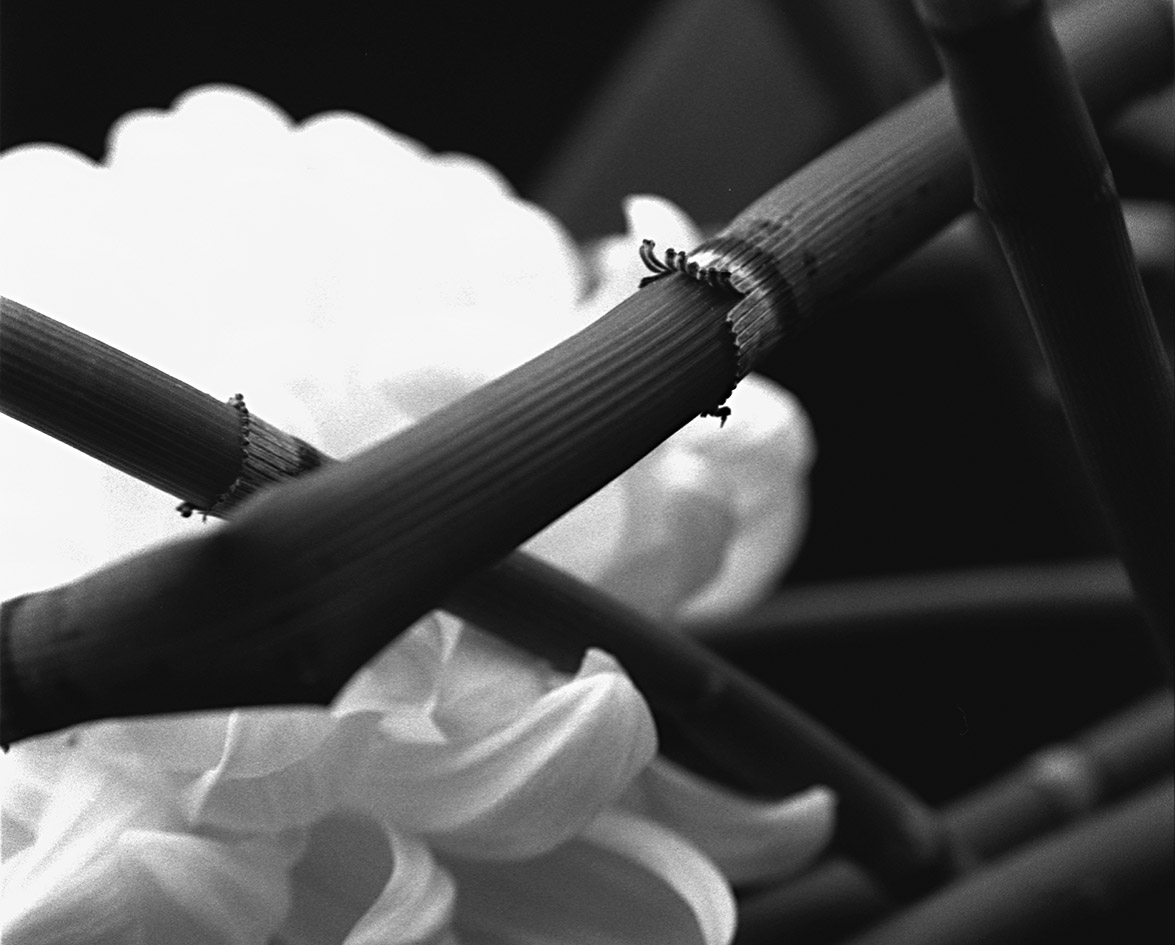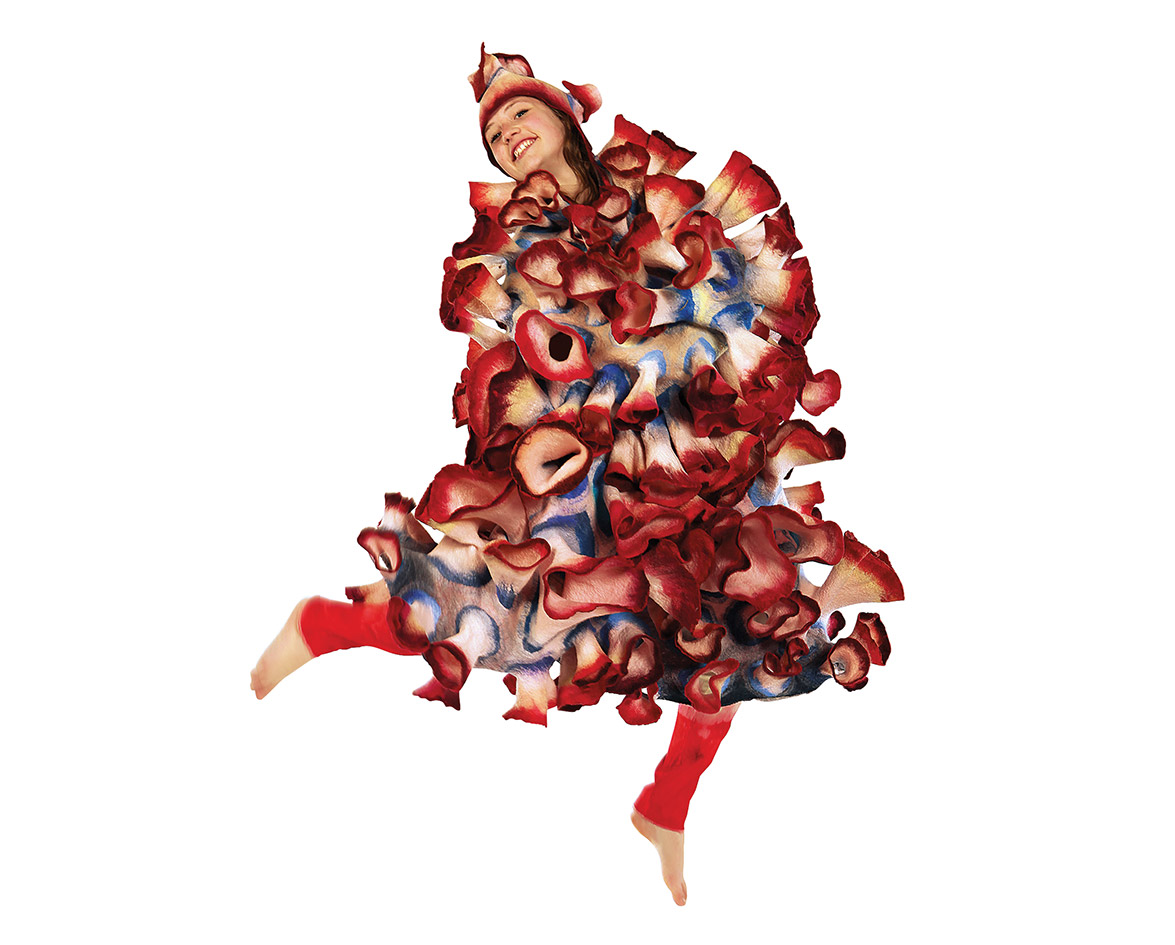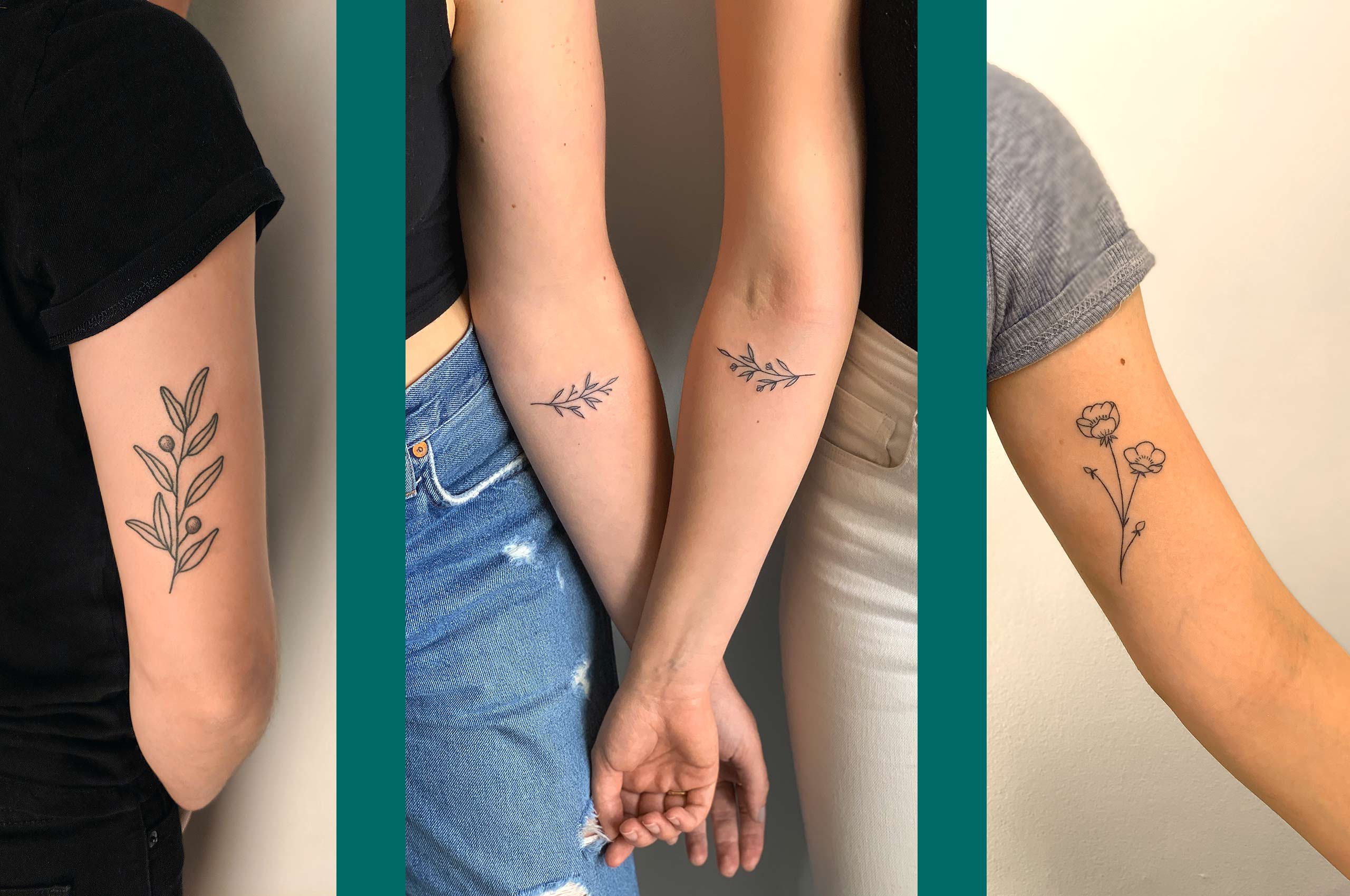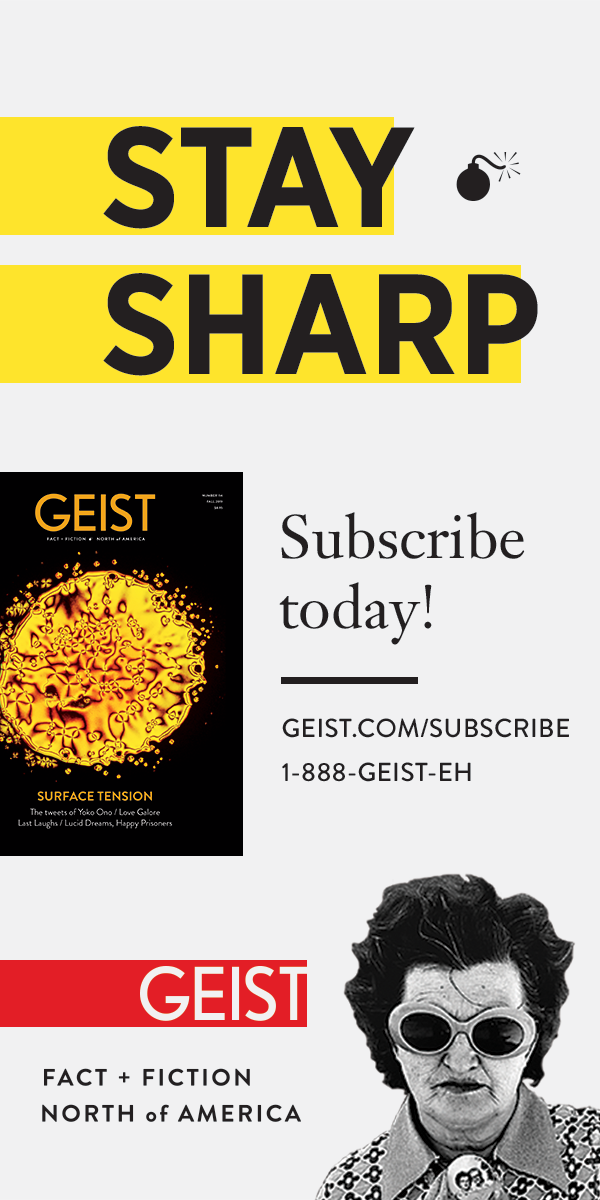Call it a manifestation of bad taste. Defend it as an undervalued art form. Either way, tattooing has passed from fringe to mainstream. No longer called parlours, tattoo studios rank number six among the fastest growing industries in North America.
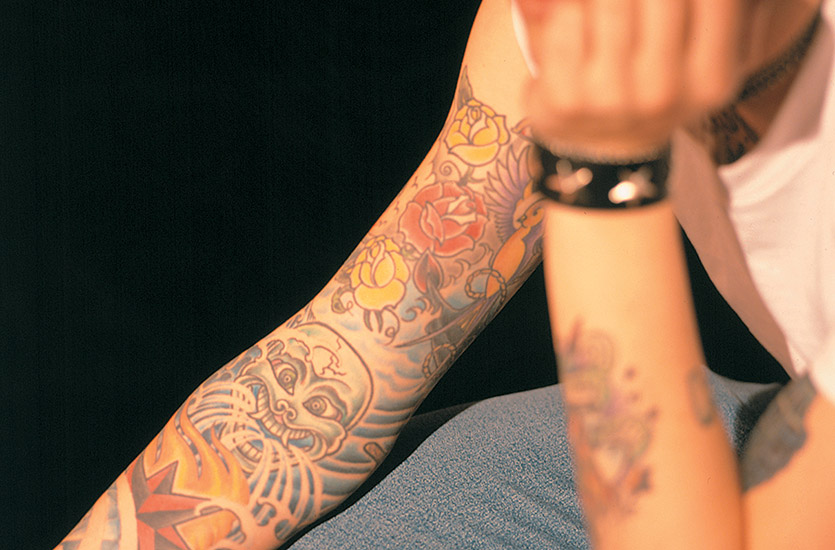
Body Mods
Today’s image-conscious pursue body modification, from subtle methods such as diet and stairmaster, to not-so-subtle cosmetic surgery, body-piercings and the indelible mark of tattoo. As the stigma slowly fades, the decision to become tattooed is less a sign of rebellion than a form of aesthetic improvement, a statement of personal style.
Take Jennifer, who is half-Japanese; she had the characters of her mother’s maiden name, “Naka Gawa,” tattooed on her lower back last year. She says, “It wasn’t rebellion; I was cementing and acknowledging how important my family is to me.”
Today’s fashion-conscious don’t share iconography with the historical clientele of the American tattoo: the sailors, bikers and convicts for whom a skull was anti-mainstream adornment. Their macho, semi-violent imagery has little appeal to women, who are now getting inked as often as men, and Mom’s name on a bicep, however touching, is so passé. A noticeable trend in fine tattooing is the adaptation of Irezumi—the traditional Japanese tattoo.
Traditional Tatts
Irezumi uses fixed imagery drawn from mythology. Unlike occidental tattoos, which commonly use literal representation of objects like a rose or an eagle, Irezumi is more concerned with overall aesthetics and relationship to the body. Traditionally, these designs form an entire suit, covering everything except the face, hands and feet. Western artists tend to adapt traditional motifs to create more personal pieces. And thanks to the electric tattoo needle, it’s no longer necessary to use the traditional Irezumi technique of pushing pigmented needles under the skin by hand.
Most tattoo wearers want their designs to be personally significant. Flash sheets of Kanji (Japanese characters), much more elegant than the Roman alphabet, hang on the walls of tattoo studios around the world. Shawn Headley, at Vancouver’s Sacred Heart Tattoo and Piercing Studio, says the most popular choices are symbols for truth, strength, love, courage and the signs of the Chinese zodiac.
He feels confident working with any style; he does not consider himself an artist but a “human photocopier.” He’s seen “some pretty wild interpretations of oriental designs.” Shawn does more tattoos for women than for men. When tattooing first became popular with women, he was doing a lot of “form-fitting line work, such as tribal pieces along the lower back,” where they could be easily concealed by a tucked-in shirt. Now, he often inks large, solid pieces on both men and women. Shawn’s custom designs incorporate elements from traditional wood-cut images, and modern Asian influences like anime (Japanese animation). One of his clients, Myra, is 10 hours into getting a Japanese dragon, but in non-traditional chrome colours, with mechanical joints, ridden by a futuristic anime woman. Eventually, the design will cover her entire back.
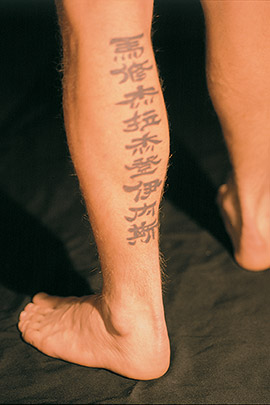
Cultural Preferences
While westerners seeking a touch of the exotic might opt for a Kanji character or dragon, the cultural exchange goes both ways. Japanese tattoo clients might borrow from American tattoo tradition, inking “Elvis Forever” on their forearms. Shawn recalls the experience of a friend who travelled to Japan to work with an acclaimed tattoo artist. He was looking forward to inking traditional Japanese body suits, but found that his Japanese clients were more interested in American rock-a-billy imagery.
Despite the west’s fascination with Japan’s tattoo tradition, in modern Japan, tattooing is associated with Yakuza (Japanese mafia). This is changing, partially due to western influence and partially because most Japanese with tattoos are more likely to be office workers than actual thugs. Street level tattoo studios have opened, although people with tattoos are still banned from most bars and bath-houses.
Tattoo Trends
When asked what he thinks the next big trend in tattooing will be, Shawn responds, “That’s easy—whatever is going on in San Francisco will be the trend in other cities in two years.” What’s hot now in the San Francisco tattoo scene is big bold graffiti and colourful cubist designs.
Shawn predicts that the Japanese influence is here to stay. Humans have tattooed themselves for 10,000 years; there isn’t much that hasn’t been done. Perhaps Irezumi cubist graffiti fusion is next.





